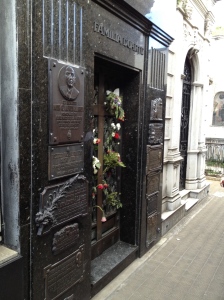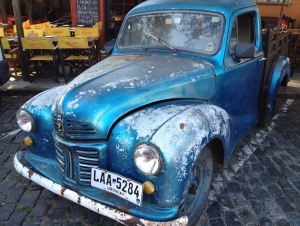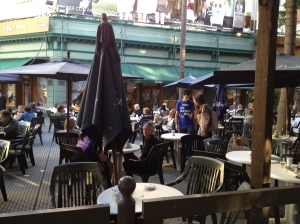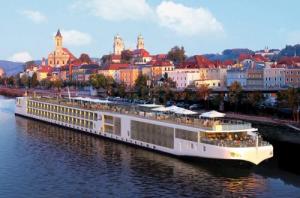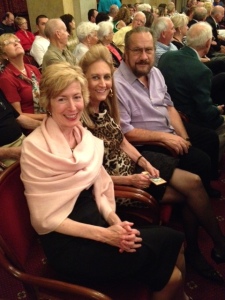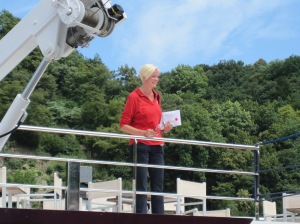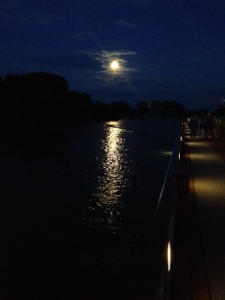
“Beneath the blue suburban skies” in Penny Lane.
We visited London over the long Thanksgiving weekend and took a “day tripper” pilgrimage to Liverpool, where neither of us had ever been. Of course it was for the Fabs. I was standing in Penny Lane when our tour guide said, “look up.” The weather gods had bestowed “blue suburban skies,” and I took the above photo. Delighted, I later posted it on Facebook, both to travel-brag and because the day happened to illustrate Paul McCartney’s lyric so ridiculously well.
Among the responses was one from my longtime friend Robert Harland, who reminded me that Penny Lane’s namesake, thought to be one James Penny, had been a Liverpool slave trader. And he wasn’t alone, for Liverpool was a major slaving port. Its ships and merchants dominated the transatlantic slave market in the latter half of the 18th century. Probably three-quarters of all European slaving ships in this period left from Liverpool. It was Liverpool ships which transported fully half of the 3 million Africans carried across the Atlantic by British slavers.
Our tour guide had already told us all this. To its credit, Liverpool seems to be owning its sordid past and coming to terms with its historic role in a cultural atrocity. There’s no effort to whitewash the record; on the contrary, the International Slavery Museum which opened in 2007 provides a frank, visceral look at a time when buyers and sellers of human beings were men of respect, like James Penny — not just in Liverpool, but all over the world. (America is dutifully represented too.)
Robert suggested that were it not for the Beatles song, the street name would probably have been changed by now, but it’s not that simple. “Penny Lane” is a kaleidoscopic trip through McCartney’s memories; they’re “beneath the blue suburban skies,” yet it’s “pouring rain (very strange).” The barber, the banker, the fireman, the “shelter in the middle of the roundabout” — none of these are actually located on Penny Lane the street. Locals refer to the whole area as “Penny Lane.“ So even if the city fathers amended the street name, Liverpudlians would almost certainly continue to use “Penny Lane,” song or no song. After all, nobody calls Sixth Avenue “Avenue of the Americas” except for the postman.
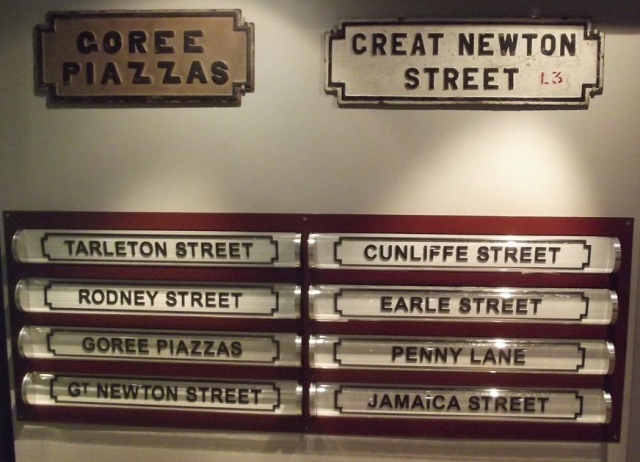
Inside the International Slavery Museum, some Liverpool place names that found their way to Jamaica.
Once you understand Penny Lane’s etymology, it becomes harder to true up Paul’s joyous, carefree nostalgia, but the song is so redolent with play and innocence (there is one naughty bit) and humanity that it wins. We have the ability to overlook overt racism when it becomes so commonplace that it sounds correct: for example, the Washington Redskins. (Why don’t they just call themselves the Washington Rednecks and be done with it?) Liverpudlian place names — including Penny Lane — traveled across the Atlantic as well, some surviving in Jamaica, one of the trade’s major ports of call, where the sugar business was built on the backs of slaves.
Of course, slavery had long since been abolished when the four lads were traipsing around their hometown, and they were “woke” enough as The Beatles to refuse to play before segregated audiences in America. We visited their childhood homes and imagined them discovering each other, and followed their tracks in places of note all over town. And then we came upon the grave of Eleanor Rigby.

It was discovered in the Eighties in the small cemetery of St. Peter’s Parish Church, Woolton, Merseyside. Across the street is the church hall where John Lennon’s band the Quarrymen were playing on July 6, 1957, the day Paul McCartney walked in. Paul has often been coy about the origin of Eleanor Rigby’s name, but he and John almost certainly strolled through this graveyard more than once. Paul may even have genuinely forgotten where the name came from, but when shown this headstone, he conceded that the name might have lodged somewhere in “me subconscious.”
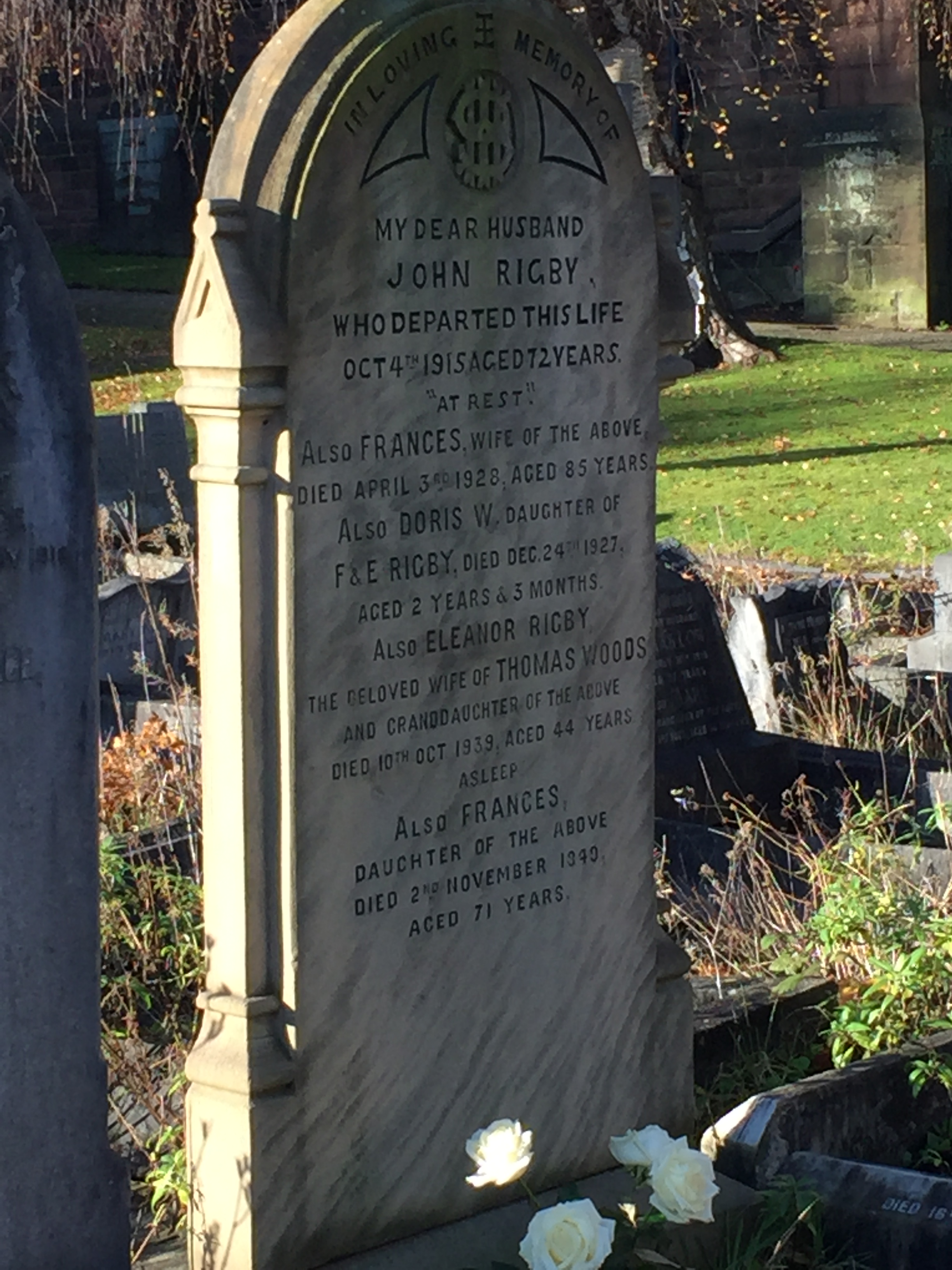
The Beatles have probably been overthought more than any other pop music act, but here are some tantalizing details. It was the custom for a deceased wife to take her husband’s name for the memorial stone, and as you can see, Eleanor Rigby was Mrs. Woods. But almost uniquely in this setting, Eleanor was “buried along with her name” — her maiden name of Rigby. Also, a few stones down lies the body of John McKenzie, who died at 73 in 1915. Just under his name is that of his daughter Rachel, listed more traditionally. Could Paul have seen this stone too? Was the real-life inspiration for “Father McKenzie” not a priest at all, but a proud father in the familial sense? At any rate, however these snippets of real death did or did not inform the composer, what emerged was a melancholy McCartney masterpiece.

How much emptier our lives would have been without the series of coincidences that flung these four lads together. That’s also the subtext of Danny Boyle’s very entertaining new movie, YESTERDAY, which I highly recommend. I want to remember them the way sculptor Andy Edwards does. His bronze statues were unveiled in 2015 at Pier Head on the Liverpool waterfront, where they stand surveying the Mersey today.
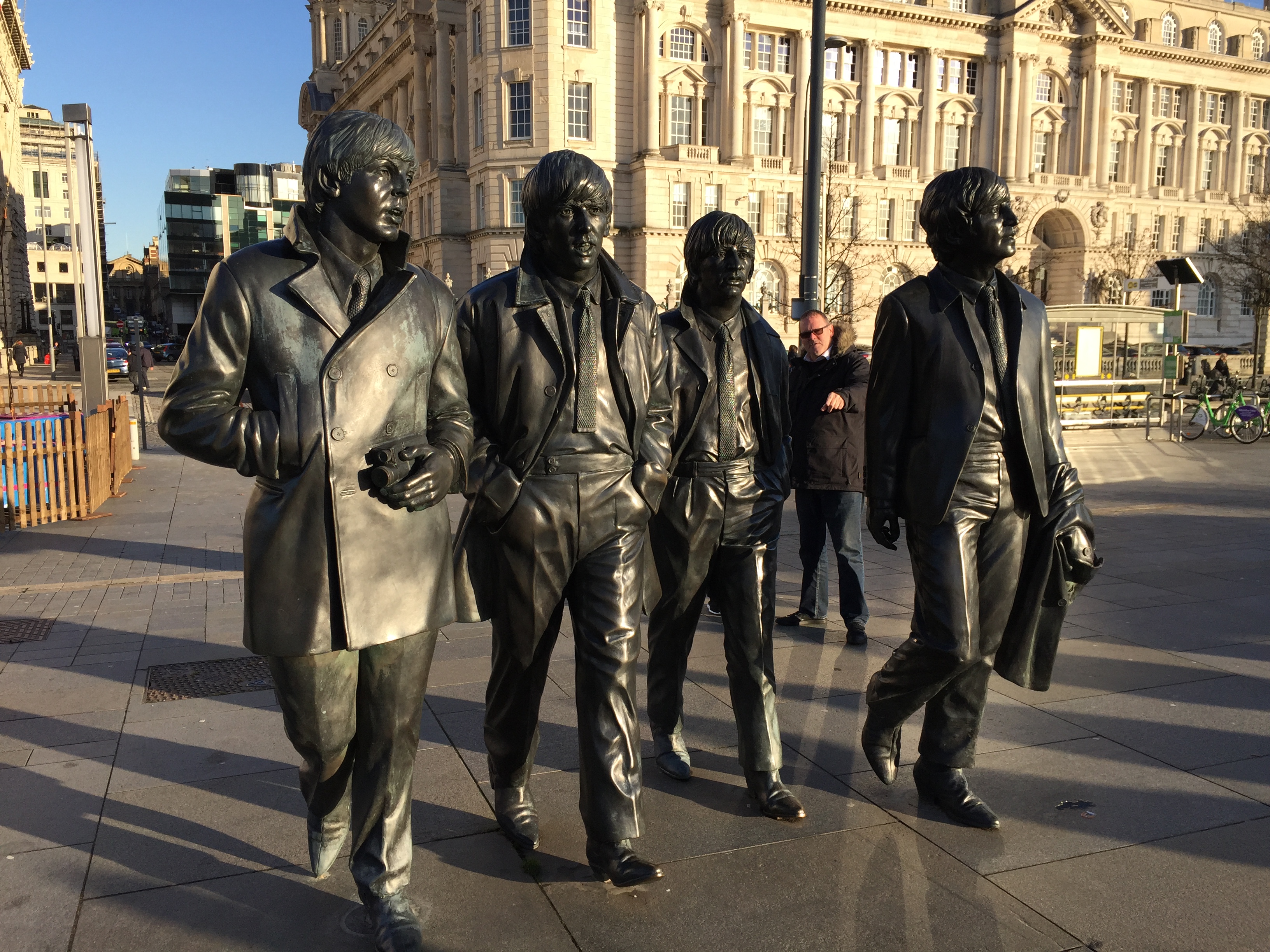
10/20/21: Quasi-confirmation from Sir Paul, from a New Yorker article on the writing of “Eleanor Rigby”: It’s like the story of the name Eleanor Rigby on a marker in the graveyard at St. Peter’s Church in Woolton, which John and I certainly wandered around, endlessly talking about our future. I don’t remember seeing the grave there, but I suppose I might have registered it subliminally. Now I feel better about my Rigby fantasia in Woolton.



 Posted by Tom Dupree
Posted by Tom Dupree 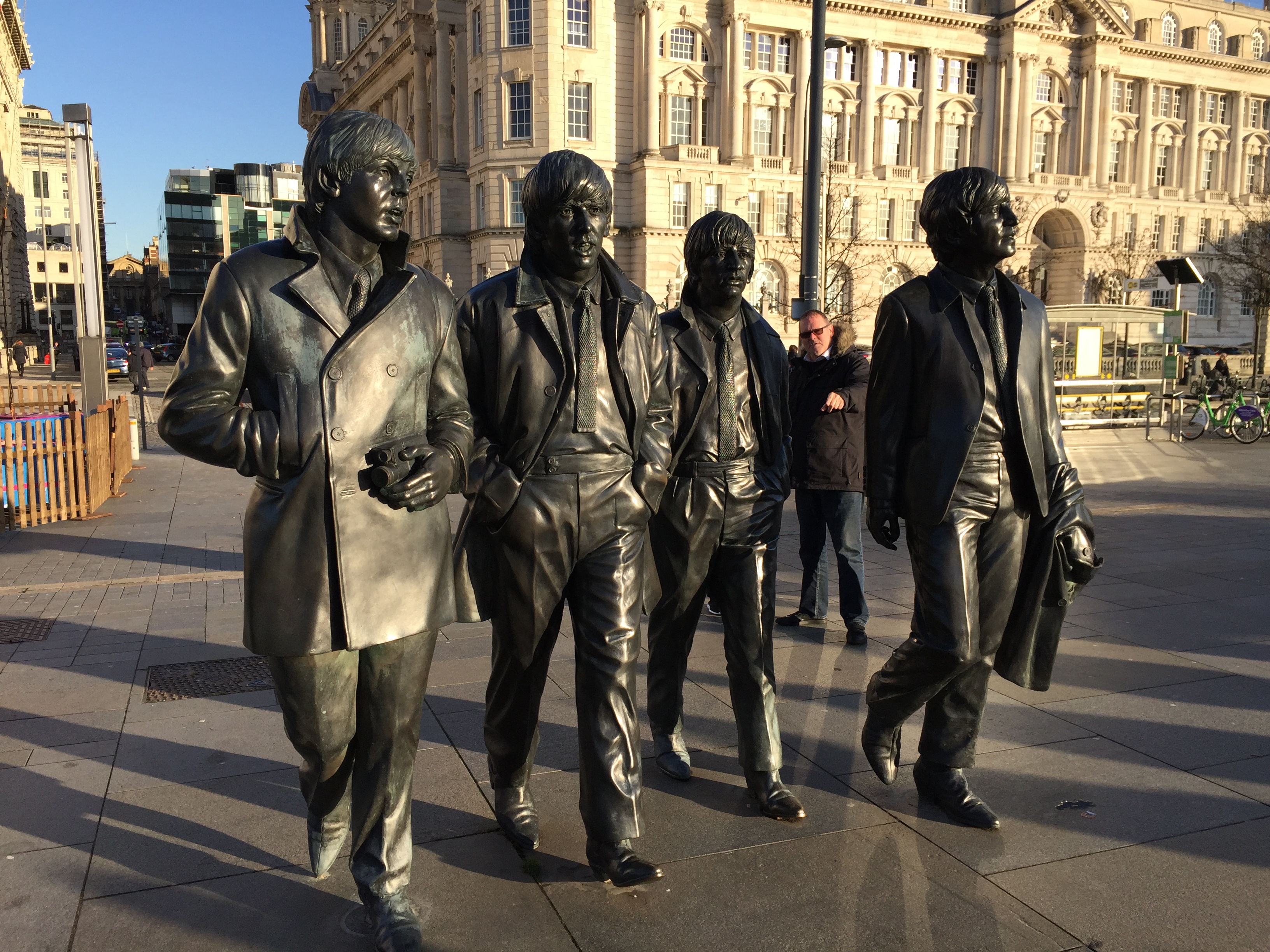
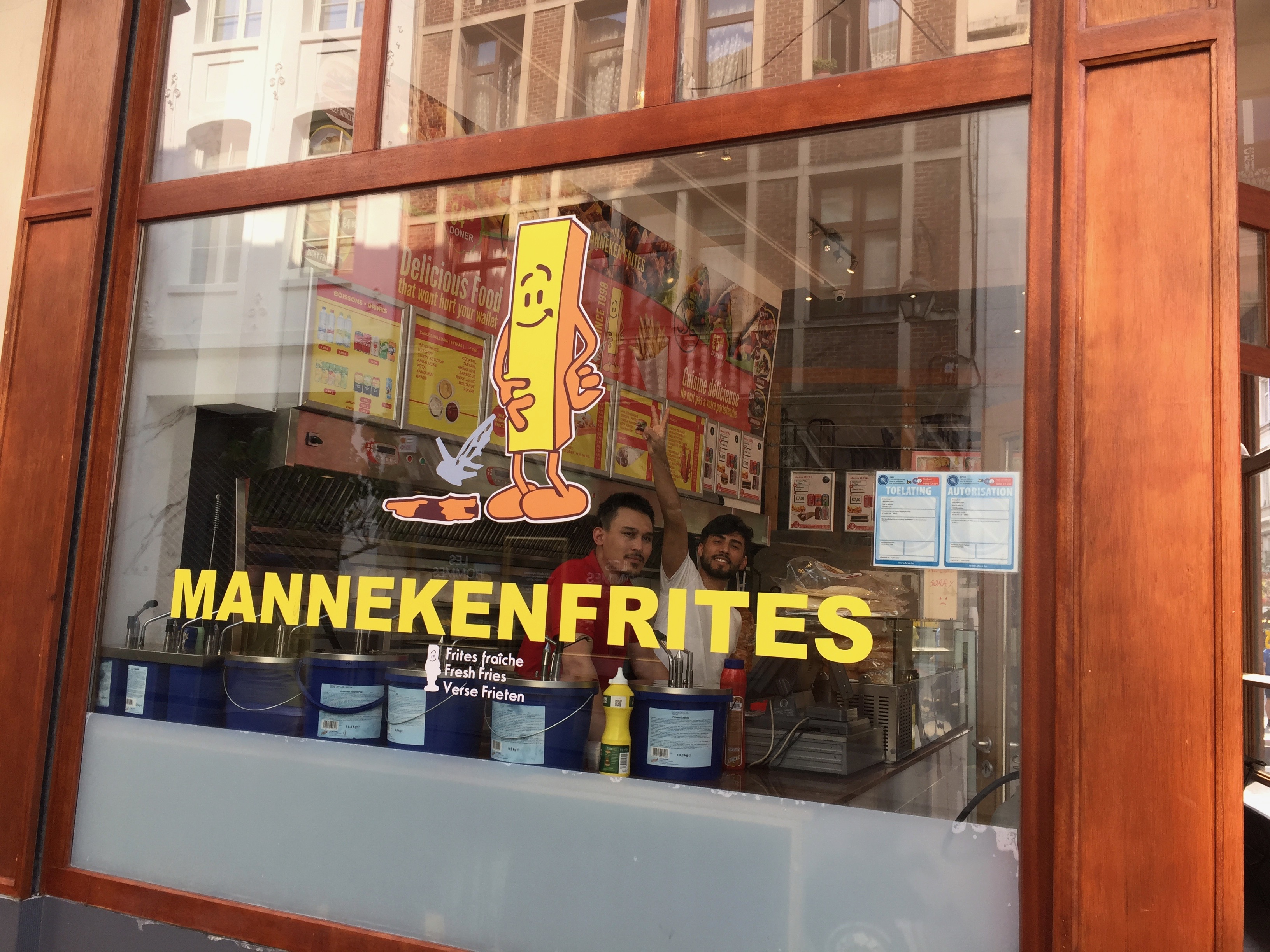














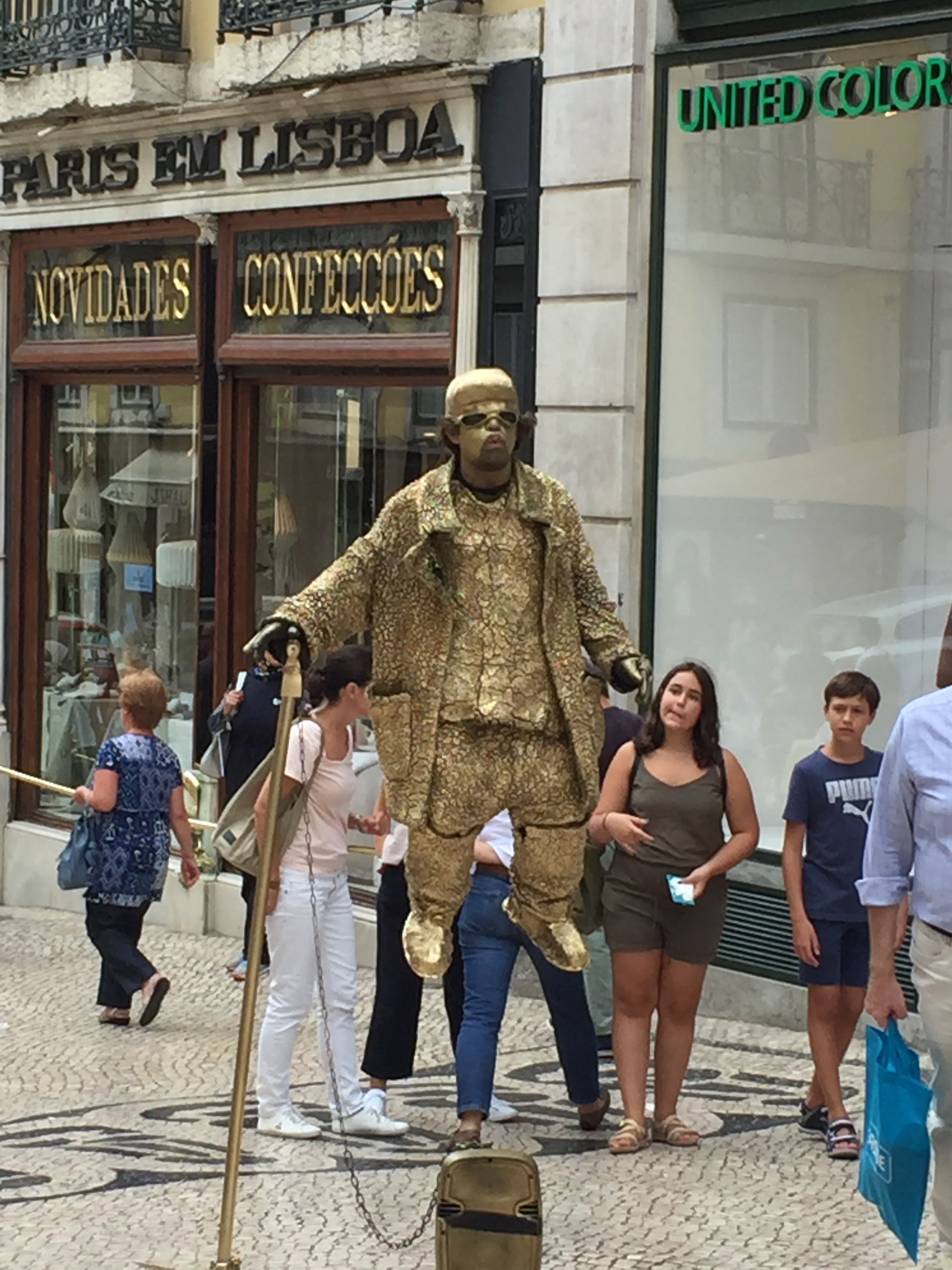
 In England, Roald Dahl gets a possessory credit above the title (like the one John Carpenter takes) for CHARLIE AND THE CHOCOLATE FACTORY.
In England, Roald Dahl gets a possessory credit above the title (like the one John Carpenter takes) for CHARLIE AND THE CHOCOLATE FACTORY.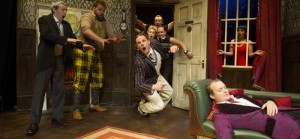 Slapstick works everywhere. THE PLAY THAT GOES WRONG, which is basically the disaster act of NOISES OFF quadrupled, or maybe a live version of THE ART OF COARSE ACTING, should come with complimentary Pampers. Sometimes you can’t even breathe.
Slapstick works everywhere. THE PLAY THAT GOES WRONG, which is basically the disaster act of NOISES OFF quadrupled, or maybe a live version of THE ART OF COARSE ACTING, should come with complimentary Pampers. Sometimes you can’t even breathe. There are theater-busting assholes everywhere. Just to the right of me at THE COMMITMENTS, two biddies talked to each other using normal conversational tones during the entire show, as if they were home watching telly. Fortunately, whenever the soul band played, you couldn’t hear them any more. They did their best to ruin the show but failed.
There are theater-busting assholes everywhere. Just to the right of me at THE COMMITMENTS, two biddies talked to each other using normal conversational tones during the entire show, as if they were home watching telly. Fortunately, whenever the soul band played, you couldn’t hear them any more. They did their best to ruin the show but failed. Those oompa loompas (five or six different sly costume-&-lighting gags to make an average-sized person appear to be half hisser actual height) are amazing and worth the CHARLIE ticket alone. The bad news: they don’t appear until Act II.
Those oompa loompas (five or six different sly costume-&-lighting gags to make an average-sized person appear to be half hisser actual height) are amazing and worth the CHARLIE ticket alone. The bad news: they don’t appear until Act II.

